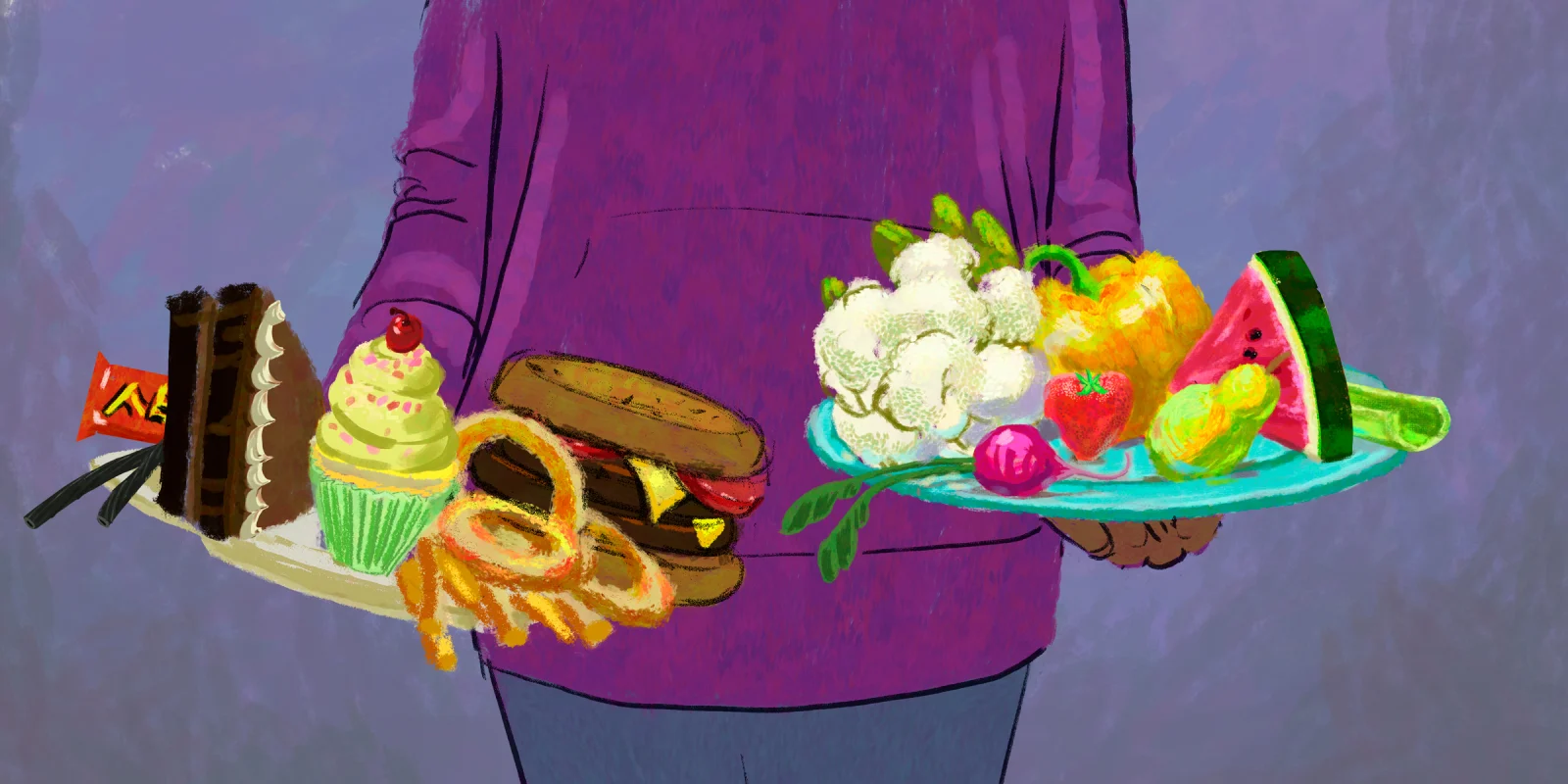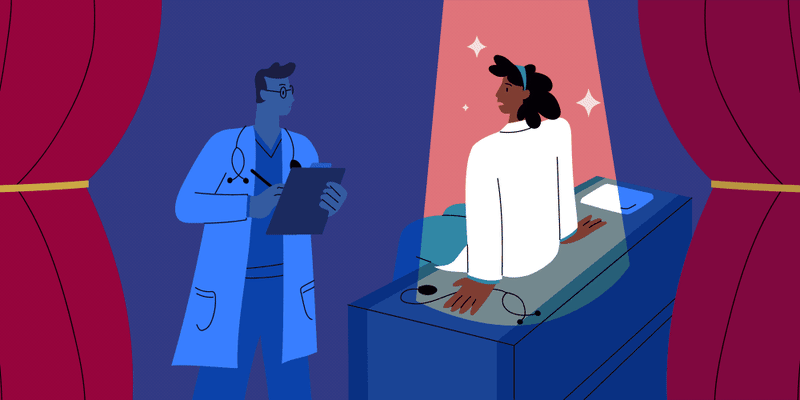“I've noticed that my back pain is worse the day after I eat takeout. Does that make sense? My kids think I'm crazy. "
"Are there certain foods that I should not be eating so that my neck doesn't hurt so much?"
Well, yes. The above questions were asked by two patients on different occasions. It's interesting to think about, isn't it? Can food really affect our pain? We know we need to eat for survival, but can what we eat make our lives a miserable experience? Or a less miserable experience? Most patients ask me about medications and injections for pain relief. Some will ask about exercise. No one has ever asked about food until recently.
I have to admit that the first time a patient asked me a question about the relationship between food and pain, I was caught off guard and unsure on how to counsel them. I felt unprepared. That's because I was. There's not much education in school about this. I took one nutrition class in my six years of college.
Also, there's a time factor. Do we really have the time to sit and explain to patients what they should or should not be eating? I guess we can always refer them to a nutritionist, but it is important to be familiar with this. And, sometimes patients just don't want to be told how to eat properly. Some already hate it when I try to talk to them about exercise and weight loss.
Questions from these two patients and my need to learn how to counsel my patients better prompted me to take a self-study course on how food affects our health. Certain foods can increase or decrease inflammation in our body. Junk food, processed foods, and foods loaded with sugar are more prone to increase inflammation. Foods that are healthier, foods with labels we can read, or foods that don't need labels, such as fresh vegetables, can lessen inflammation. I'm learning about different diets such as keto, paleo, elimination, intermittent fasting, etc.
In pain medicine, I see a lot of patients with osteoarthritis (OA) and anxiety/depression. It’s been interesting to learn which foods can aggravate or alleviate symptoms of these conditions. For example, turmeric is a spice that some patients will tell me they’re supplementing with or cooking with to combat arthritis pain. But did you know that using turmeric with black pepper enhances the effectiveness of turmeric? Other foods that can help are bone broth and ginger. Foods that can aggravate symptoms of OA include tomatoes and potatoes. Of course, smoking tobacco is not beneficial.
Depression and anxiety can also be positively affected by certain foods, such as broccoli and spinach. Other foods such as eggs and dairy can negatively affect mood symptoms. This is just a sample of what I learned. At this point in time, I don’t have much experience counseling patients on their nutrition and its relationship with their pain. Patients tend to be more receptive to receiving this kind of advice when they are motivated and ready to become active members of their care team. They are willing to put in the work. They will go to physical therapy. They will continue with their home exercise program faithfully. They will put in genuine effort to lose weight if needed. Talking to these patients about their nutrition and its effects on their pain is easier. Obviously, I try to talk to all my patients about this, but some are limited. Sometimes, the pain is just too physically intense and can limit their ability to be more active. Sometimes, the pain can also be emotionally intense and can contribute to depression or anxiety.
Of course, this can lead to using food as an antidepressant. We’ve seen romantic comedies when the guy breaks up with the girl. What do her friends bring to cheer her up? Fix her mood? Ice cream and cookies. Proinflammatory foods. Which can lead to more pain.
Patients are not just patients. They’re people too, who have feelings, responsibilities, etc. Sometimes, I find that it’s better to back off and wait for a more opportune time. It’s important to know when to broach the subject and when to just leave it alone. Time will tell if the advice is followed. One patient did make the changes in their diet and reported much improvement in their pain at their follow-up appointment.
For now, I plan on continuing to encourage patients to pursue a healthier diet despite the time constraints. Having one patient report an improvement in symptoms really motivated me to keep going and not get discouraged. I also plan on applying what I’ve learned in my own diet, and I encourage everyone to get more familiar with the relationship between food and pain for yourself and for your patients.
What is your experience with patients and food? Share in the comments.
Karine Ngoie is an interventional pain management physician assistant in Lawrence, Massachusetts. Remembering to be true to herself, respectful of others, and honest keeps her grounded personally and professionally. Karine was a 2022–2023 Op-Med Fellow. Connect with her on LinkedIn.
Illustration by Jennifer Bogartz







